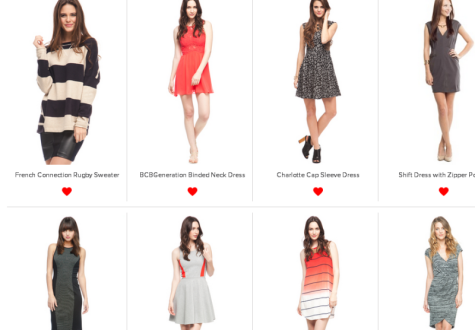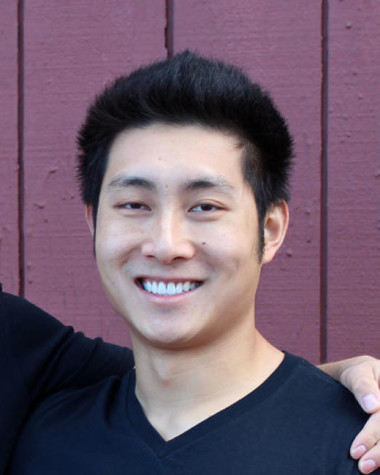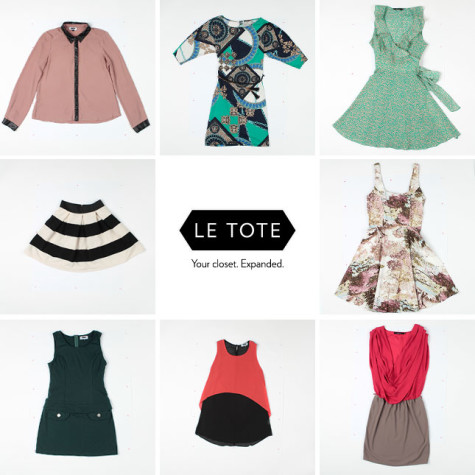Fashion in Silicon Valley: Between two worlds
January 28, 2015
Paris, Milan, New York and… Silicon Valley?
Silicon Valley has never been on anyone’s list of best dressed cities — how could it when tech company T-shirts outnumber collared tops, and Mark Zuckerberg has replaced the professional blazer with the oh-so elegant turtleneck?
But Silicon Valley is beginning to bridge the gap between fashion and engineering, both in the new methods of clothing distribution and the increasing aesthetics of wearable technology.
In the past two years, several startups have broken the traditional Silicon Valley mold of software engineering and focused on finding innovative ways to distribute clothing.

One such startup is Le Tote, a clothing rental system that gauges a woman’s style based on clothing she picks out of a database. For only 49 dollars each month, Le Tote sends its customers two accessories and three pieces of clothing to borrow, with a retail value of at least 200 dollars. The idea is that women can keep their wardrobes fresh by maintaining a constant flow of clothing, in and out of their wardrobe. However, customers have the option to purchase pieces they particularly like for 30-50% off the original price.
Another startup that takes a fresh approach to vending apparel is Twice, a company that standardizes secondhand shopping. Users who want to sell ship their clothes to Twice, where each garment is checked into a warehouse and immediately paid for. Twice then resells the garments online, increasing convenience and decreasing the risk of second hand shopping.

Calvin Young, one of the founders of Twice, grew up wearing secondhand clothes. He and co-founder Noah Ready-Cambell wanted to expand the opportunities for consumers to buy secondhand.
Twice, which has previously only carried women’s apparel, will be opening a men’s section of the website sometime next month.
Silicon Valley is also taking a larger role in producing fashion. In the past year, Silicon Valley’s technology and high fashion have grown significantly closer together.
Google recently released the “DVF | Made for Glass” collection, that “brings chic eyewear designs by iconic American fashion designer Diane von Furstenberg to the Glass Explorer Program,” according to the Google press release.
Google is not alone. Intel produced a luxury bracelet that “celebrates what can happen when beauty meets intelligence,” according to its product description on Intel’s website. MICA, which stands for My Intelligent Communications Accessory, combines a touchscreen for messages and alerts, among other features, with an elegant 18 Karat gold finish. Intel partnered with Open Ceremony to design the bracelet, which retails for $495.
Silicon Valley may not be a hotspot of the traditional fashion industry, but it still plays an active role in changing the way clothes are sold and used.
Silicon Valley is also taking a larger role in producing fashion. In the past year, the worlds of wearable technology and high fashion have grown significantly closer together.
Google recently released the “DVF | Made for Glass” collection, that “brings chic eyewear designs by iconic American fashion designer Diane von Furstenberg to the Glass Explorer Program,” according to the Google press release.
Google is not alone. Intel produced a luxury bracelet that “celebrates what can happen when beauty meets intelligence,” according to its product description on Intel’s website. MICA, which stands for My Intelligent Communications Accessory, combines a touchscreen for messages and alerts, among other features, with an elegant 18 Karat gold finish. Intel partnered with Open Ceremony to design the bracelet, which retails for $495.
Silicon Valley may not be a hotspot of the traditional fashion industry, but it still plays an active role in changing the way clothes are sold and used.

